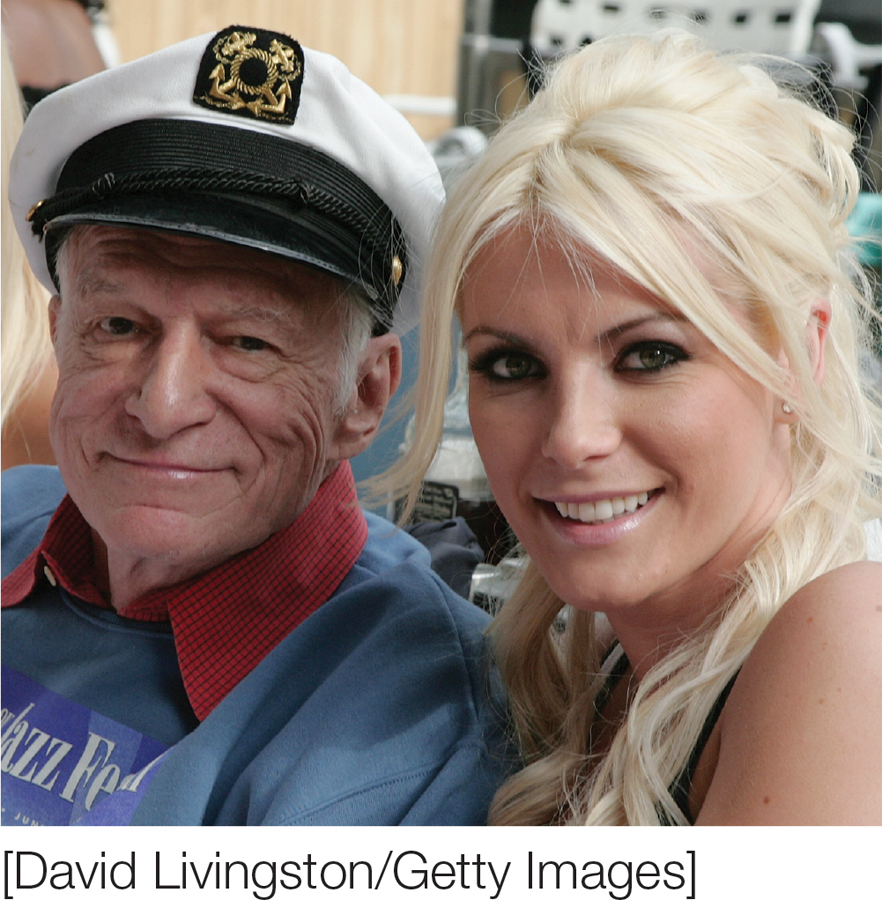15.3 Cost-benefit Perspectives on Relationships
No doubt you have heard people refer to the dating scene as a meat market. This rather blunt expression is a nod to the ways in which romantic relationships are like commodities to be negotiated and bartered on the open market. We bring certain strengths to the table, try to tuck our baggage under our chair, and look to make a good deal with a partner. With the advent of online and searchable dating sites such as Match.com and eHarmony, this shopping metaphor has taken on an even more literal dimension. When we take this market-
The Social Exchange Model

The social exchange model takes an economic perspective on relationships in which prospective and actual partners are assessed on the basis of costs and benefits.
[IPGGutenbergUKLtd/iStock/360/Getty Images]
The social exchange model (Thibaut & Kelley, 1959) takes an economic perspective and assumes that people approach relationships with the underlying motivation of self-
Social exchange model
An economic perspective that assumes that people approach relationships with an underlying motivation of self-
Clearly, this is not the most romantic view of love. But a social exchange approach to relationships does make intuitive sense. Every relationship has its ups and downs, but so long as the ups outnumber the downs, the outcome of the relationship is generally positive. Several studies have confirmed that people are more satisfied in a relationship to the extent that they see the benefits as outweighing the costs (Duffy & Rusbult, 1986; Rusbult, 1980, 1983; Rusbult et al., 1986; Rusbult & Martz, 1995).
565
But not everyone is equally happy with the same relationship outcome. If you were brought up in a harmonious, two-
SATISFACTION = (REWARDS – COSTS) – COMPARISON LEVEL
Comparison level
The expectation of how rewarding a relationship should be.
From the perspective of the social exchange model, we should always be looking to maximize benefits for ourselves—
Equity Theory
Equity theory addresses these critiques of the social exchange model. According to equity theory, people are motivated to maintain a sense of fairness or equity, where both partners feel that the proportion of rewards or outcomes (benefits) to inputs (costs) that each receives is roughly equal (Adams, 1963; Hatfield et al., 1978). The equity formula looks like this, with “O” standing for outcomes and “I” standing for inputs:
O/I FOR SELF = O/I FOR PARTNER
Equity theory
The idea that people are motivated to maintain a sense of fairness or equity, whereby both partners feel that the proportion of outcomes (rewards) to inputs (costs) that each receives is roughly equal.

The TV show Modern Family depicts some of the dynamics of maintaining close relationships. In one episode, Cameron and Mitchell make adjustments to try and maintain equitable contributions to their relationship.
[ABC-
When we feel that our partner is getting a higher proportion of outcomes relative to inputs than we are, we feel angry and resentful. But the partner who feels unfairly advantaged in a relationship also can feel a sense of guilt that can motivate effort to balance the scales (Sprecher, 1986, 1992). How is equity restored? You can either increase the inputs or decrease the outcomes for yourself or your partner. Alternatively, you can decrease the inputs or increase the outcomes of the person who is disadvantaged. You can also make these adjustments to objective contributions (e.g., the amount of work done) and payouts (e.g., benefits received) or to your subjective perception of these factors.
566
To see how equity works, let’s consider an example from a popular television show. In the sitcom Modern Family, the clean freak Mitchell works full time as an attorney. He resists the urge to clean up the house in order to send a message to his stay-

The matching phenomenon describes how relationships maintain an equitable balance. Often this is in the same domain, such as appearance, but at other times the balance can exist across different domains, such as appearance and status. This may help to explain the striking age difference between the Playboy mogul Hugh Hefner and his girlfriends.
[David Livingston/Getty Images]
These little adjustments in relationships happen all the time as partners try to maintain a sense of equity. Even when equity isn’t achieved objectively, just feeling as if things are equitable can make a difference. In the Modern Family example, we imagine that Cameron might not permanently change his sloppier habits, but maybe he’ll make up for his low inputs in cleaning by being especially appreciative of the hard work that Mitchell puts into the house. Gratitude actually can go a long way toward making the scales seem more balanced.
The motivation for fairness in our relationships helps to explain assortative mating, people’s tendency to seek relationships with others who are similar to them in some kind of social hierarchy. Of course, we’ve already noted that similarity is a key component of attraction and liking. But pairing up with those who are similar to you in social value also helps to equate partners on what rewards or resources they bring to the relationship (Hatfield & Rapson, 1993). For example, on the web site hotornot.com, people can post pictures of themselves to be rated by others on attractiveness, but they can also use this web site to contact other people to strike up conversations. Although there is strong agreement in who is rated as most attractive—
Assortative mating
The idea that people are attracted to others who are similar to them in some kind of social hierarchy.
Matching phenomenon
The idea that people seek romantic relationships with others who are similar to them in physical attractiveness.
The preference for equity in close relationships appears to be a cross-
567
SECTION review: Cost-benefit Perspectives on Relationships

|
Cost- |
|
People evaluate relationships according to the costs and benefits to themselves and their partners. |
||
|---|---|---|
|
Social exchange model The social exchange model is based on the idea that relationship satisfaction depends on both the rewards received minus the costs, and expectations about the relationship (comparison level). |
Equity theory Equity theory is based on the idea that partners look for fairness within a relationship both for themselves and for their partners. This desire for a fair relationship may help account for people’s tendency to form relationships with others of similar perceived social value. |
|